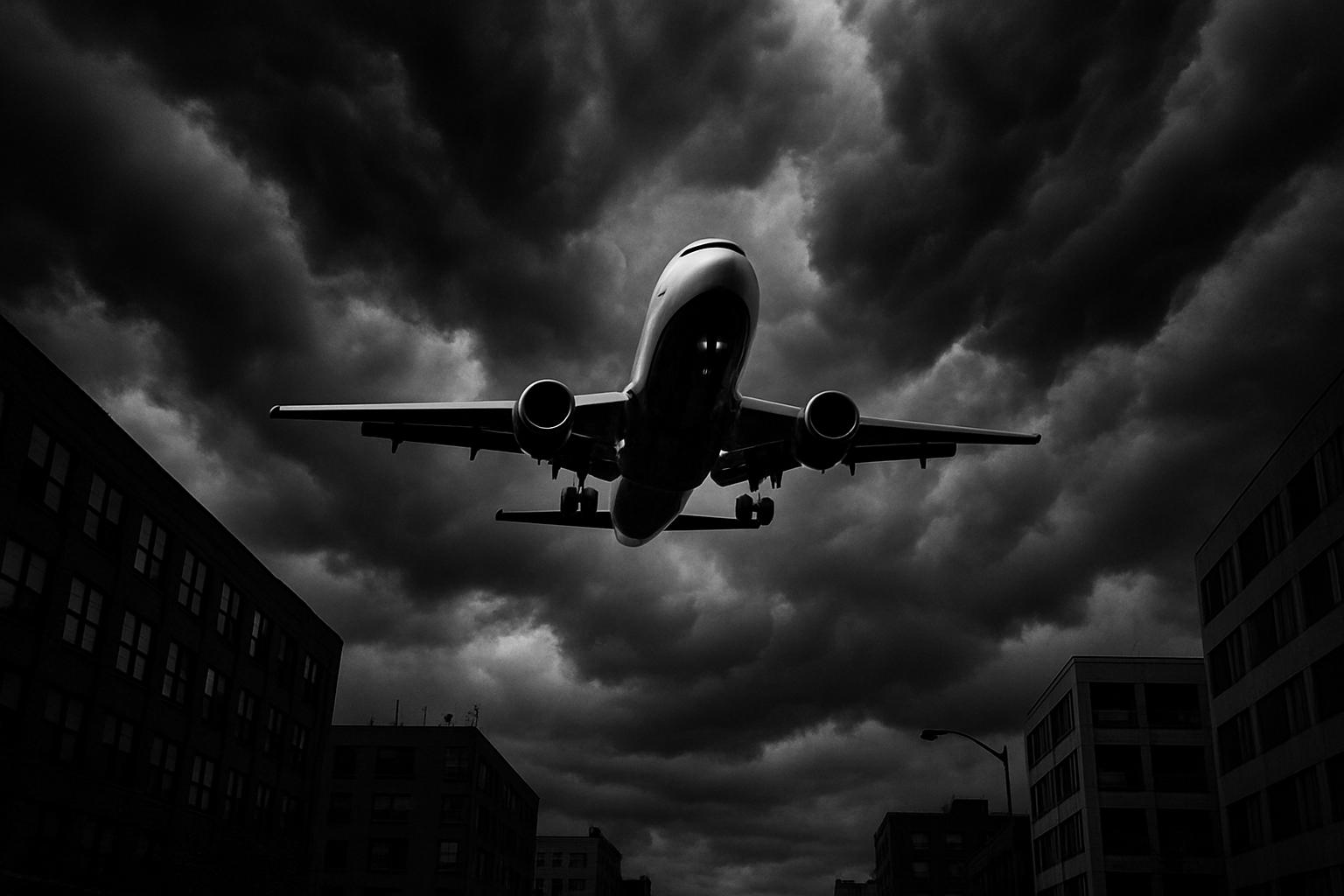Residents living near UK airports such as Heathrow, Gatwick, and London City may soon face increasing noise pollution from departing aircraft, as climate change alters flight conditions in ways that intensify aircraft engine noise. Research led by experts at the University of Reading has found that warmer air temperatures reduce the lift generated by planes during take-off. This means aircraft are forced to stay closer to the ground for longer periods after departure, consequently increasing the noise footprint experienced by communities near these airports.
The study, published in the journal Aerospace, analysed 30 European airports, including major UK hubs alongside airports in Dublin, Brussels, Amsterdam, Lisbon, and Zurich. It specifically examined the common Airbus A320 aircraft, a narrow-bodied plane widely used for short European routes, projecting how climate change will affect its climb angle—the angle at which the plane ascends after take-off. Findings indicate that average climb angles could decrease by 1 to 3 percent by 2050, with extreme heat days potentially causing reductions as severe as 7.5 percent. Because warmer air is less dense, providing less lift, planes must maintain a shallower ascent, keeping them closer to populated areas for longer and amplifying noise disturbance.
This lower climb angle translates into a louder and more persistent noise presence, particularly impacting low-frequency sounds. Such low-frequency noise travels farther and tends to be more intrusive and psychologically disruptive, often causing sleep difficulties and increased stress for those affected. Professor Paul Williams from the University of Reading, lead author of the study, warned about the unwelcome consequences this will have on communities near airports.
Taking central London as a case example, about 60,000 people currently live within the 50-decibel noise contour of an A320 departure flight—this being a threshold where aircraft noise becomes noticeably intrusive. The changing climate, combined with growing population densities, could add approximately 2,500 more people into this noise-affected zone by mid-century. Dr Jonny Williams, also from the University of Reading and lead author, highlighted that beyond simply louder noise, the shift towards more disturbing lower frequencies will worsen the quality of life for thousands more residents.
The consequences extend beyond noise alone. The University of Reading research team has also demonstrated that rising temperatures contribute to increased turbulence—which compromises flight safety—and pose risks such as airport flooding, as sea levels rise threatening infrastructure. These challenges collectively underscore a growing complexity in managing the aviation sector’s environmental impact and human cost.
Addressing these evolving conditions, researchers stress that reducing greenhouse gas emissions is critical to mitigating the predicted increase in noise pollution. While engine technology improvements may continue, the progress could be undermined without urgent climate action. As Professor Williams explained, "Without action on greenhouse gas emissions, rising temperatures will make managing the problem of airport noise more difficult, even as engine technology advances."
This study represents the first peer-reviewed evidence quantifying how climate change directly exacerbates noise pollution for airport neighbours, complementing prior findings on turbulence and flooding risks connected to warming. It illustrates a nuanced dimension of climate impacts on aviation, revealing that while aircraft may soar higher technologically, the environmental shifts will tether them closer to communities, with unwelcome auditory consequences.
📌 Reference Map:
- Paragraph 1 – [1], [2], [3]
- Paragraph 2 – [1], [2], [4]
- Paragraph 3 – [1], [2], [3], [4]
- Paragraph 4 – [1], [4]
- Paragraph 5 – [1]
- Paragraph 6 – [1], [5], [6]
- Paragraph 7 – [1]
Source: Noah Wire Services
